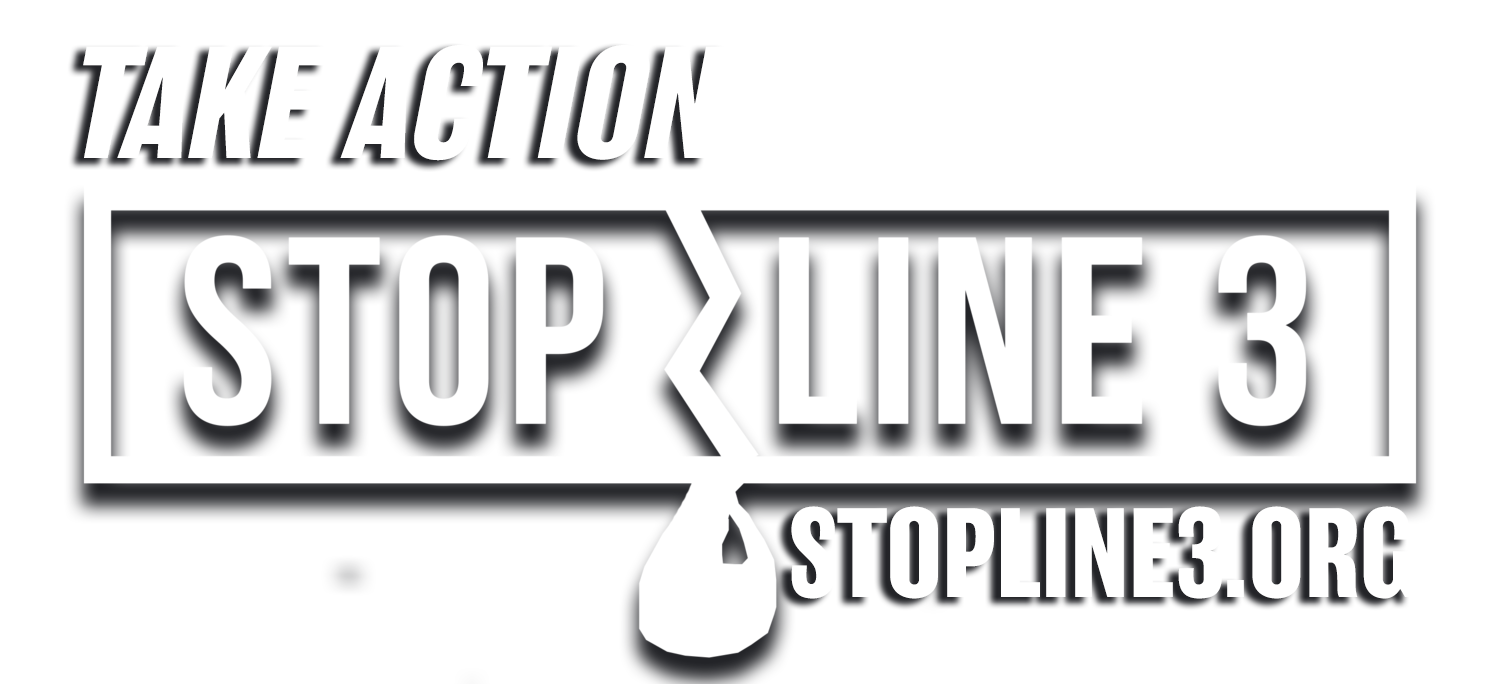A pipeline is threatening their homeland. Indigenous women are fighting back.
To tribal attorney Tara Houska, the fight against the Line 3 pipeline is a fight for future generations.
Senior Climate Solutions Fellow
Tara Houska is no amateur when it comes to pipeline resistance. The attorney and member of the Couchiching First Nation set up camp at Standing Rock and stood with Dakota Access Pipeline demonstrators for six months, providing legal aid to anyone facing charges. Four years later, she’s back on the fossil fuel front lines — but this time, it’s personal.
Her target is Line 3, which will carve through her childhood homeland of Anishinaabe territory, which surrounds the Great Lakes region and extends north toward Hudson Bay. The pipeline will carry tar sands more than 1,000 miles from Alberta to Wisconsin. In March, Houska and six other Indigenous activists were arrested for trespassing and detained overnight. Their crime: sitting and praying in a waaginogaaning, a traditional, domed structure they erected on a pipeline construction site in northern Minnesota. The demonstration underscored the spiritual relationship between Indigenous peoples and their land — a connection Houska and others believe the pipeline will sever.
Enbridge, the Canadian energy company behind Line 3, claims it is merely replacing a 60-year-old pipeline that is likely to corrode and leak if it isn’t updated. But opponents see the plan as an expansion of it, because it will carry twice the amount of oil. Houska says Line 3 violates Anishinaabe rights granted under the 1837 White Pine Treaty by endangering wild rice, a plant unique to the region and sacred to her tribe. The pipeline faces legal challenges from tribes, environmental groups, and even the Minnesota Department of Commerce, all of which say the environmental risks far exceed the need for additional oil.
Houska, who was a Native American affairs advisor to the Bernie Sanders 2016 campaign, has used her political know-how to pressure elected officials to intervene. Still, she thinks lawsuits and lobbying aren’t enough. She formed Giniw Collective in 2018 to mobilize resistance and train protesters in direct action. Beyond the waaginogaaning demonstration, Indigenous protesters have blocked construction by chaining themselves to machinery, a boat hauled to the site, and even each other. Authorities have arrested more than 250 people since construction began in November, Houska says. To her, protesters’ courage and personal sacrifice send a message more powerful than any petition.
Fix talked to Houska, a 2017 Grist 50 honoree, about her approach to protest, how fishing and foraging count as direct action, and why the time has come for women to lead the fossil fuel resistance. Her comments have been edited for length and clarity.
The annual Grist 50 list recognizes emerging leaders in climate, sustainability, and equity — we call them Fixers — who are advancing new ideas and approaches to a better future.
Read more about Grist 50 Fixer Tara Houska
Explore the full 2021 Grist 50 list to discover more Fixers making a better future happen today


